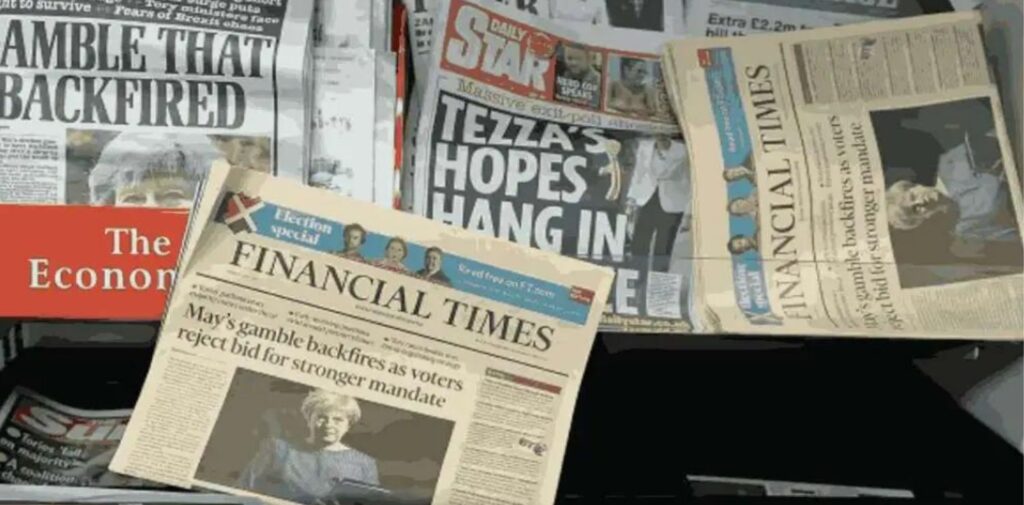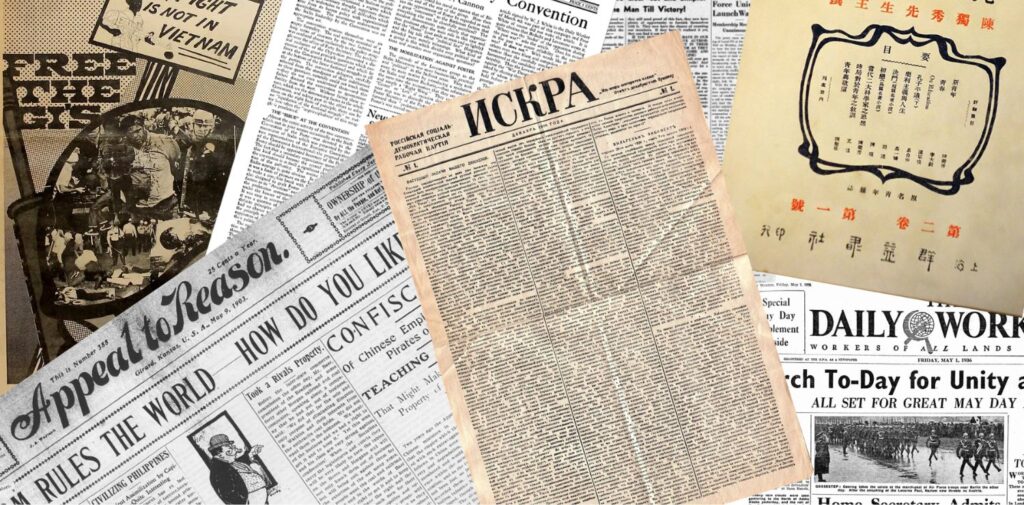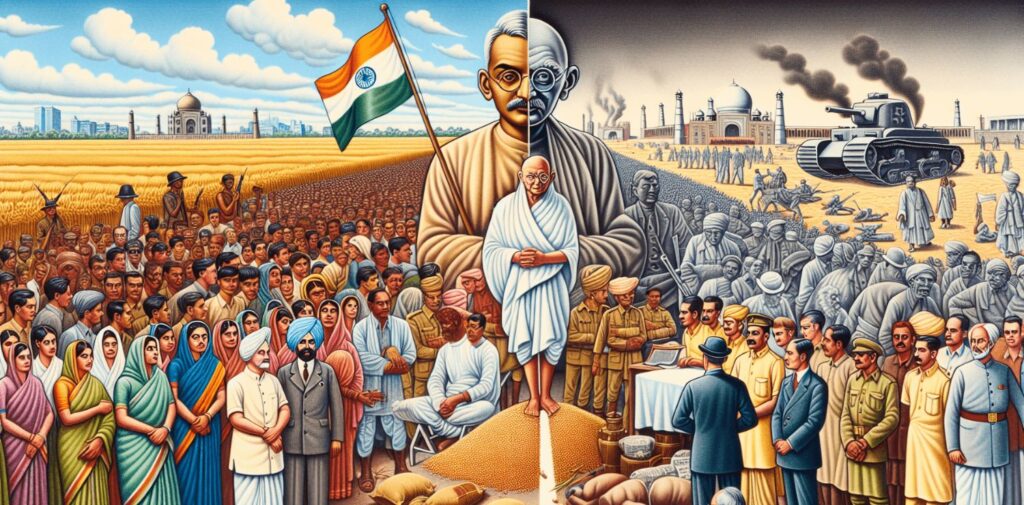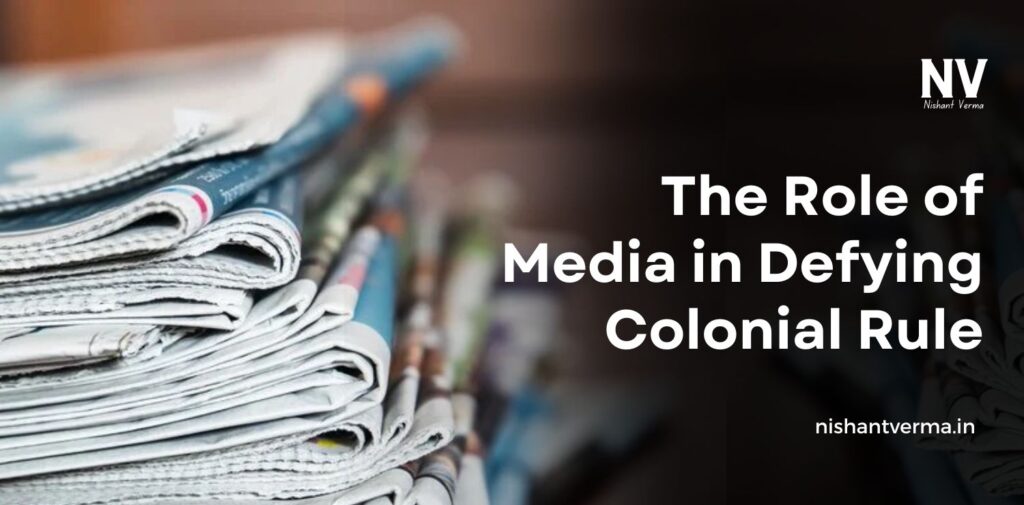The fight for India’s independence from British colonial rule was not only fought on the streets, through protests, or with political movements, but also through the power of words, ideas, and communication. The Indian media, both print and later on, in its early stages of radio and cinema, played a significant role in challenging colonial rule. Media became an important tool for spreading nationalist ideas, raising public awareness, and uniting people in the struggle for freedom. Journalists, writers, and publishers used the media as a platform to voice their opposition to British oppression, while also calling for social reform and national unity.
This article will explore how the media in India played a vital role in defying colonial rule, shaping public opinion, and contributing to the country’s journey toward independence.
Early Media and Its Role in India’s Freedom Struggle
When British rule began in India, the colonial government controlled much of the information flow. Initially, India had very few newspapers or publications that were allowed to operate freely. The early media landscape consisted mainly of publications controlled by the British, which spread propaganda to justify colonial rule and suppress any criticism of the British administration.
However, as time passed, the Indian population grew more literate and aware of the power of the written word. Newspapers and journals emerged that began challenging British authority, promoting nationalist sentiment, and calling for social reforms. These publications played a crucial role in shaping the discourse around India’s fight for independence.

Press and Journalism in the Early Nationalist Movement
The role of the media in defying colonial rule can be traced back to the Bengal Renaissance, a period in the 19th century when intellectual and cultural awakening began in India. One of the most prominent figures during this time was Raja Ram Mohan Roy, who founded the Bengal Gazette, one of the first newspapers in India. His publication was dedicated to social reform, including the abolition of the Sati practice and the promotion of women’s rights. His work inspired others to use the media for social and political change.
As the Indian nationalist movement gained momentum in the late 19th and early 20th centuries, newspapers became a platform for key leaders and thinkers. Bal Gangadhar Tilak, one of the most prominent leaders in the Indian freedom struggle, used his newspaper Kesari to promote nationalist ideas and mobilize support for the cause of self-rule (Swaraj). His slogan “Swaraj is my birthright” was widely spread through the media and became a rallying cry for many Indians.
The Press and Its Role in Promoting Nationalism
As India moved closer to the 20th century, media played a significant role in spreading ideas about self-rule, democracy, and social change. With leaders like Lala Lajpat Rai, Bipin Chandra Pal, and Subhas Chandra Bose, the press became an essential vehicle for nationalistic ideas. These leaders used publications to raise awareness about the injustices of British rule, encourage Indian unity, and promote the need for independence.
The media also helped bridge the gap between the urban elite and the rural masses. While many national leaders were from urban areas, the press provided a means of reaching and inspiring people in rural parts of India who were not directly involved in the political movements but could participate in the national struggle through the power of media. Newspapers and journals in regional languages began to spread awareness of the colonial exploitation faced by the masses, stirring up a collective desire for independence.
Media and the Rise of Mahatma Gandhi’s Leadership
One of the most significant contributions of the Indian media was its role in amplifying the messages of Mahatma Gandhi during the independence movement. Gandhi used various media platforms, including newspapers and journals, to spread his ideas of non-violence (Ahimsa) and civil disobedience. His leadership in the Non-Cooperation Movement of 1920-22 and the Salt March of 1930 was greatly aided by the media’s ability to share his calls for peaceful protest across the country.
Gandhi had a keen understanding of the power of the press and used it to reach millions of people. He even published his own newspaper, “Harijan”, to promote his ideas of social justice and equality. The press, by providing coverage of his movements, helped galvanize millions of Indians who were previously unaware of the details of the freedom struggle. Gandhi’s philosophy of peaceful resistance was spread through the media, influencing both educated Indians and rural peasants alike.

Newspapers as a Platform for Revolutionary Voices
While Gandhi and other leaders of the Indian National Congress (INC) focused on peaceful, non-violent resistance, there were other groups that adopted more radical approaches to resistance. The Hindustan Republican Association and its revolutionary wing played a key role in the struggle, and media, particularly underground newspapers, was critical in their efforts.
Radical leaders such as Bhagat Singh, Chandra Shekhar Azad, and Subhas Chandra Bose also used the media to spread their ideas of revolution and assert that violent resistance was sometimes necessary to overthrow British rule. Though their views were controversial, these leaders were able to use media outlets to appeal to younger generations, inspiring them to join the freedom movement.
The radical press also helped form networks for communicating revolutionary ideas and coordinating protests. Publications such as “The Tribune” in Punjab, “The Vande Mataram” in Bengal, and “The National Herald” in Uttar Pradesh were important outlets that propagated nationalist and revolutionary ideas. These papers were crucial for connecting revolutionaries and creating a national sense of unity against colonial oppression.
The British Response to Media’s Role in the Independence Movement
As the influence of the media grew, the British government became increasingly worried about its role in spreading nationalism. The colonial authorities recognized the media’s power and often attempted to suppress it through censorship, arrests, and harsh laws. The British passed several laws that targeted the press, including the Indian Press Act of 1910, which sought to control the publication of newspapers that were critical of the government. This act gave the government sweeping powers to ban any publication that they deemed subversive.
Despite these efforts to silence dissent, the press continued to be an important tool for resistance. Leaders of the Indian National Congress and other political organizations kept publishing materials that spread awareness of British injustices and called for protests. The press became an avenue for the voices of the people to be heard despite the British government’s repressive actions.
The British response to the media’s role also included arrests and imprisonments of prominent journalists and editors who supported the freedom struggle. Lala Lajpat Rai, Bal Gangadhar Tilak, and Subhas Chandra Bose were all jailed for their involvement in media campaigns against British rule. Despite facing oppression, these leaders continued to use the media as a means of defiance.

The Media’s Role in Mobilizing the Masses During the Quit India Movement
The Quit India Movement of 1942 was one of the most significant movements in the Indian freedom struggle. It was a mass civil disobedience campaign launched by the Indian National Congress, demanding an immediate end to British rule. The role of the media during this movement was crucial in rallying support from the masses and spreading the message of independence.
While the British authorities attempted to censor and block all communication, underground newspapers and leaflets helped spread the message. People from all walks of life, from farmers in rural areas to urban workers, were informed of the movement’s goals through the media. These underground publications and secret meetings helped continue the momentum of the Quit India Movement, despite British repression.
Conclusion: Media in Defying Colonial Rule
The Indian media played an indispensable role in the country’s fight for independence. From the early days of Raja Ram Mohan Roy’s efforts at social reform through Tilak’s radical nationalism to Gandhi’s promotion of non-violent resistance, the press served as a vital tool in spreading nationalist ideals.
Despite harsh censorship and repression, Indian journalists, writers, and editors continued to publish their work and inspired millions to join the struggle for freedom. Media became a key player in shaping public opinion, promoting unity, and challenging colonial propaganda.
Today, we recognize the power of media not just as a source of information, but also as a tool for social change. Just as the media contributed to India’s independence, it continues to play a central role in shaping the future of the nation.




